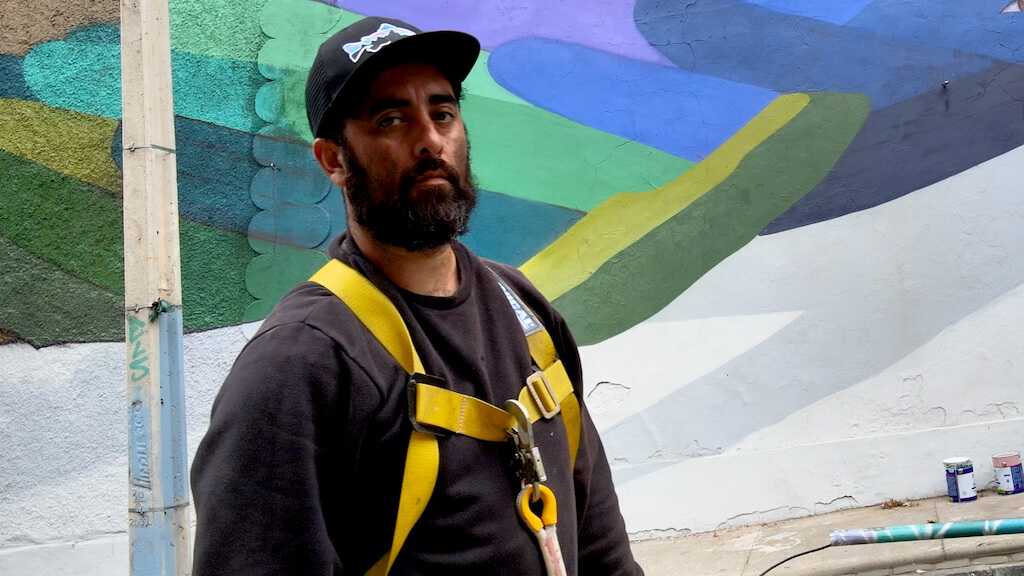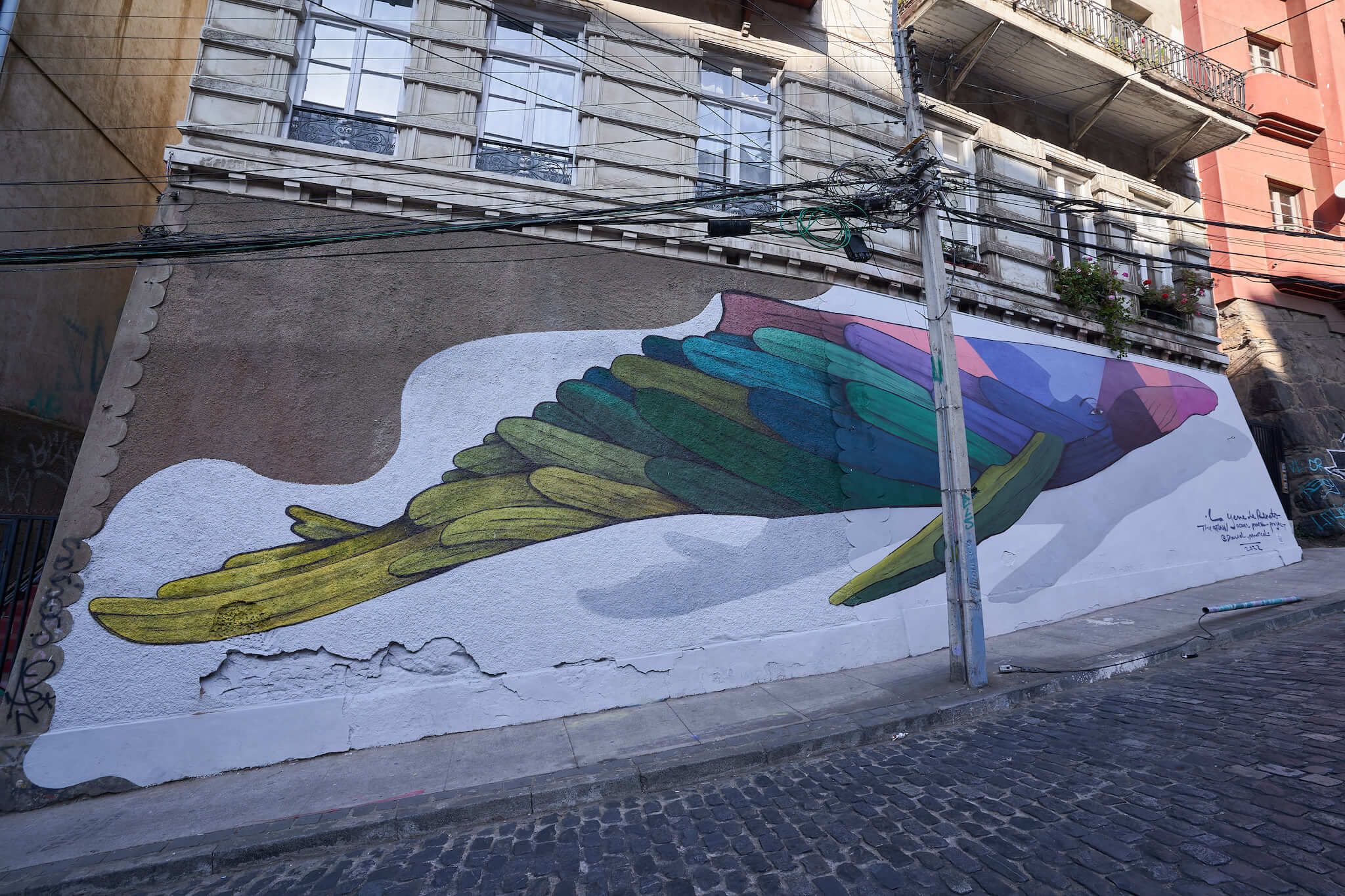La Yene De Renato

Artist — Daniel Marceli
The sea itself has always played an important role in my life. I live on an island called Chiloé, which is at the northern entrance to Patagonia. The way this collaboration has changed my perception of the sea is that now I feel that we are ALL on a big island, the continents are islands of the earth. There are many communities that have strong ties with the culture of the sea shore, but unfortunately we still have many problems.
The search for the place to paint my mural was one of my biggest challenges of this project. Finding a wall big enough to portray an adult female humpback whale was difficult to accomplish on the island of Chiloé, so I decided to do the intervention in the port city of Valparaíso. The location is 746 miles from the island, but this is an important place for the development of urban art in Chile and South America.
Painting the traces of memory that symbolically and intimately connect with public life in a central spot in the community is a natural fit for contemporary art. Sometimes it feels right to create art to complement the written word and, in this case, Ian’s work was reconnecting us with humanity, showing us our problems and trying to look for global solutions. So, when you have something of tremendous value like this, artistic depictions that reflect this work are exactly what we need.

MURAL LOCATION — Valparaíso, Chile
Artist Bio —
Daniel Marceli has been a plastic artist since 1998, using the streets as his classroom and embracing the Graffiti movement in his quest for new artistic languages. He studies design at the Playa Ancha University in Valparaíso and studies painting at the School of Fine Arts in Viña del Mar.
In his art, Marceli explores the themes of nature and the mestizo cultures of Chile.The Huilliche people are the source of his inspiration. Examining their history, Marceli reflects on the sea, the islands and the various human and labor experiences of the Mapuche-Huilliche. He uses symbols to reveal the world of Chiloé, which he gently probes as in a dream. From a universal perspective, his murals touch upon an indigenous world that has been overlooked by mass globalization.
Daniel Marceli Millán incorporates indigenous images into his designs and strokes. His mural rises like a public window that invites onlookers to examine their own forgetfulness and silences. Today, the Chilote muralist reconstructs the cetacean with tiles, cropped images of seagulls and lost memories.
Murals added monthly